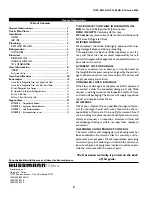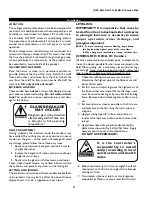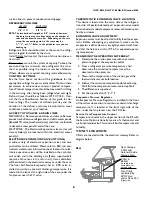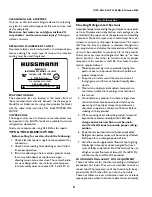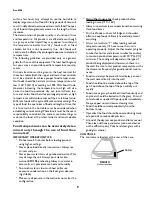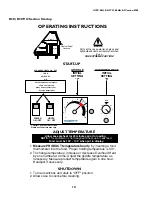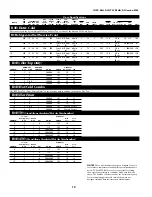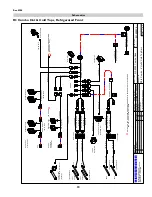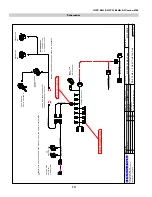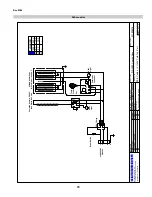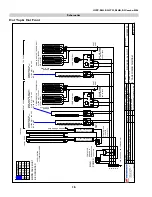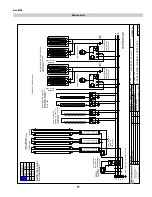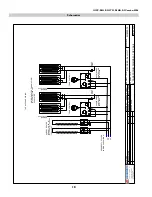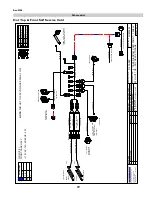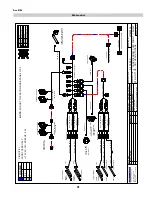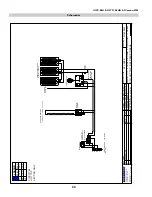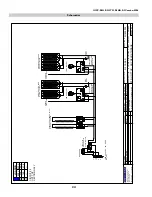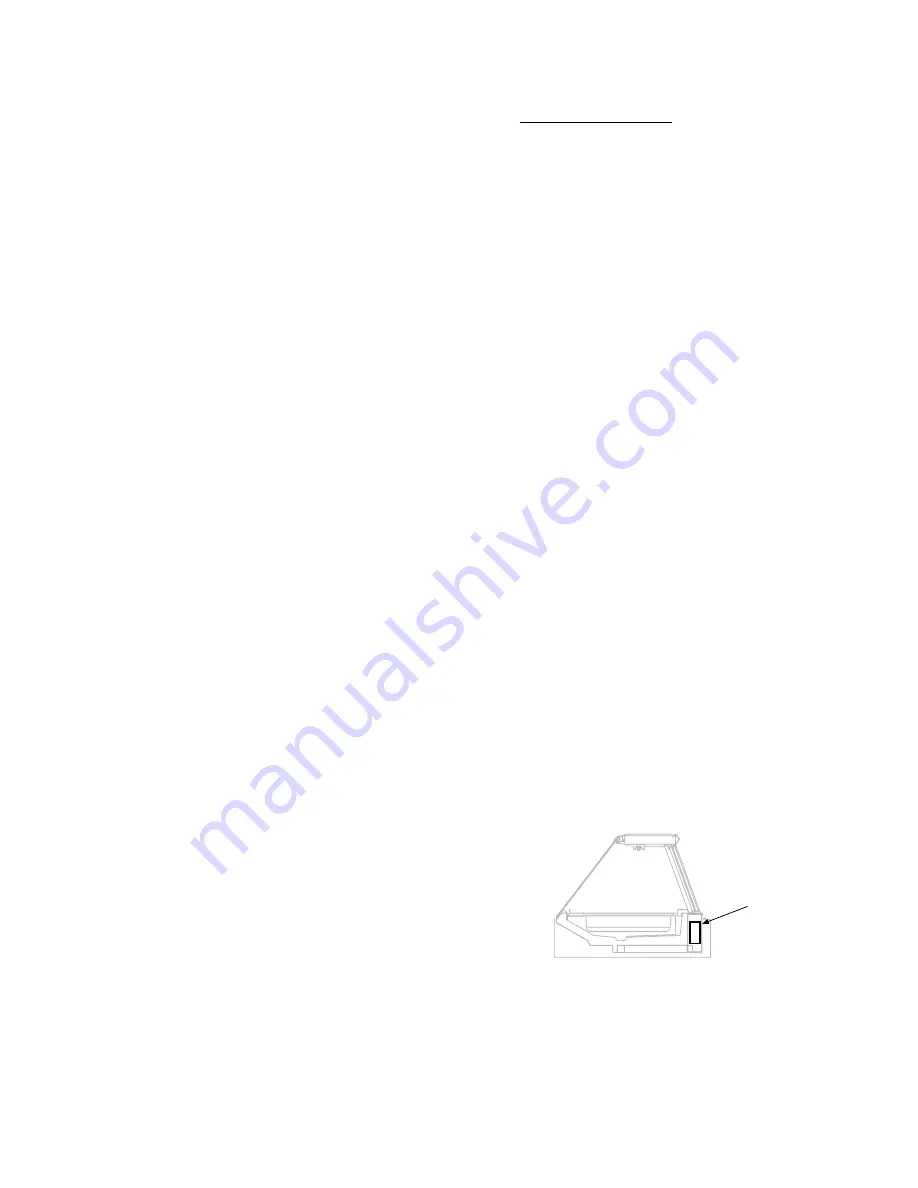
Rev.0208
9
within a few hours. Any attempt to use the hot table to
display large amounts of food for long periods of time will
result in dehydrated, overcooked and unsafe food. The qual-
ity of food will progressively worsen as the length of time
increases.
The deterioration of product quality is a function of time
and temperature. All products are affected even though
in a gravy or other liquid. They may appear to withstand
the temperature better than “dry” foods such as fried
chicken but this is not necessarily true. ALL foods will
continue to be affected by prolonged exposure to elevated
temperatures.
The following guidelines are provided only as a general
guide for the use of this equipment. The local health agency
for your area can provide specific temperature require-
ments.
Critical attention must be given to the heat controls for
these hot tables. Both the upper and lower heat controls
must be adjusted to achieve proper food temperatures.
Hot foods should be held at a minimum temperature of at
least 140
°
F (60
°
C) according to 1995 FDA Food Code.
However, increasing the temperature too high will also
cause the food to overcook, dry out, lose its flavor, tex-
ture and color. Food held for prolonged periods at high
temperatures will also lose some of their nutritional value.
Different foods will require different control settings. The
type of food, the quantities of food and length of time that
it is to remain in the hot table must be considered when
establishing control settings. Therefore, it must be the user’s
responsibility to establish the correct control settings to
maintain the food at the safest, tastiest and most saleable
condition.
Food temperatures can be accurately deter-
mined only through the use of food ther-
mometers!
IMPORTANT OPERATION TIPS:
* Preheat case 30 minutes before loading product
using higher settings.
* Never place food directly into warmer. Always use
an inset and pan.
* Never pour water into a dry preheated warmer. This
may damage the unit. Always pour water into
warmer BEFORE preheating. Always use water in
case wells, as it provides even heat and humidity.
* Too much water or too much heat will cause
excessive condensation on the front glass, decreas-
ing visibility.
* Make sure all pans are in the well units no matter the
configuration.
*
Using thermometer
, check product before
loading in case (150
°
-160
°
).
* Always use warmer in wet operation when warming
thick food items.
* Stir thick foods such as chili, fudge and chowders
often to keep foods uniformly heated and prevent
scorching.
* At start, set wells to "7". After loading, recheck
temperature every 1/2 hour to see that unit is
operating properly. Adjust the thermostat (a higher
number for hotter and a lower number for cooler)
to maintain product temperature of 140
°
F
+
(60
°
C
.
)
minimum. The setting will depend on the type of
product being displayed and how much there is in
the well. Be sure to test product temperature with a
thermometer frequently for good product mainte-
nance.
* Food must always be placed into a display pan over
the well, never directly into the well.
* Food should not be stacked above the top of the
pan. Food above the top of the pan will dry out
rapidly.
* Food juice or gravy should be stirred frequently and
any meats should be basted with the gravy. Stir and
rotate foods as needed. Wipe up spills immediately -
for eye appeal now, and easier cleaning later.
* Food should be rotated periodically from the
bottom to top.
* If practical, the food should be covered during slack
sale periods to reduce dehydration.
* At end of the day, remove product and let case cool.
Then clean with soap and water (use oven cleaner
on the difficult spots). Polish and clean glass with a
good glass cleaner.
CONTROLS
The controls are located at the rear of the case.
R3HATO
Ballast Locations
Ballast


